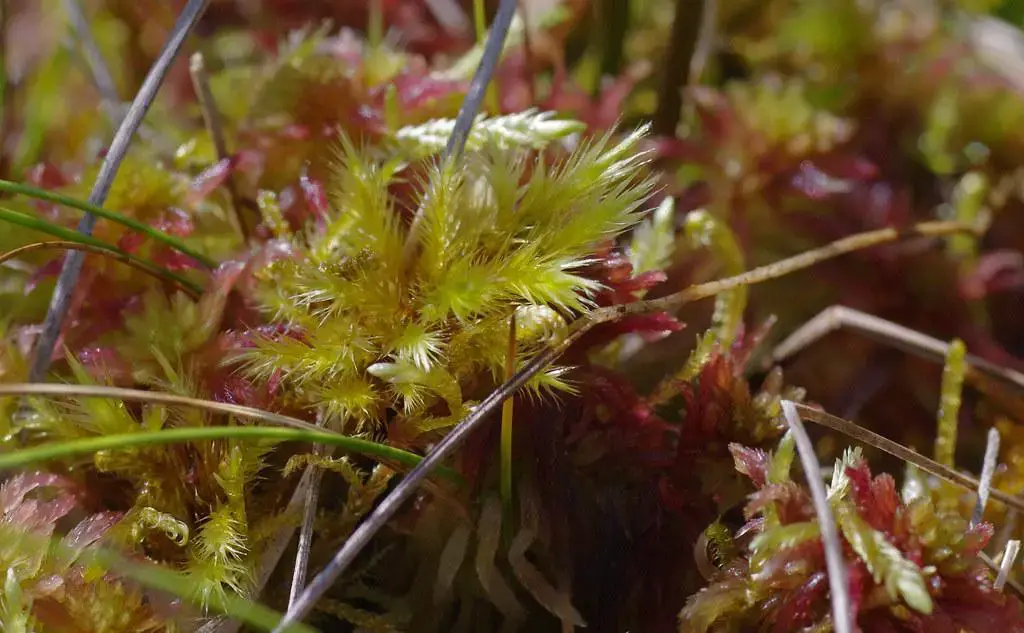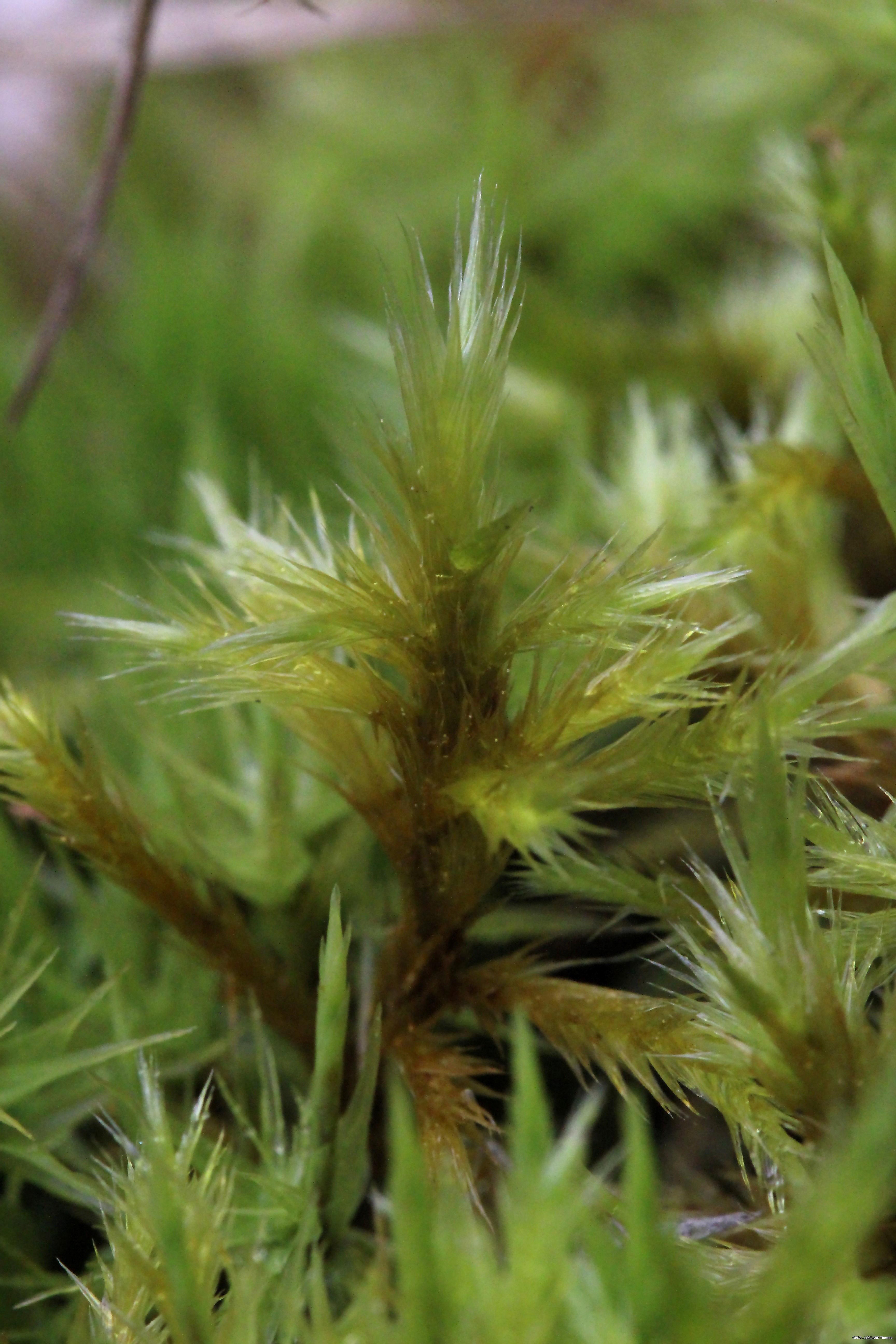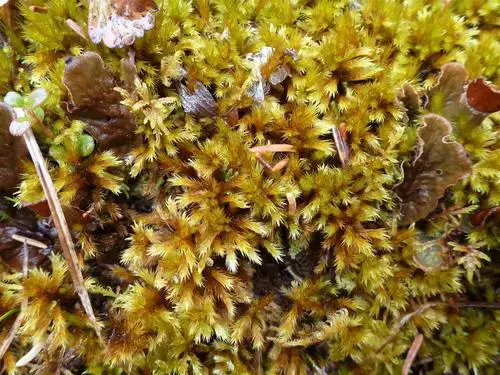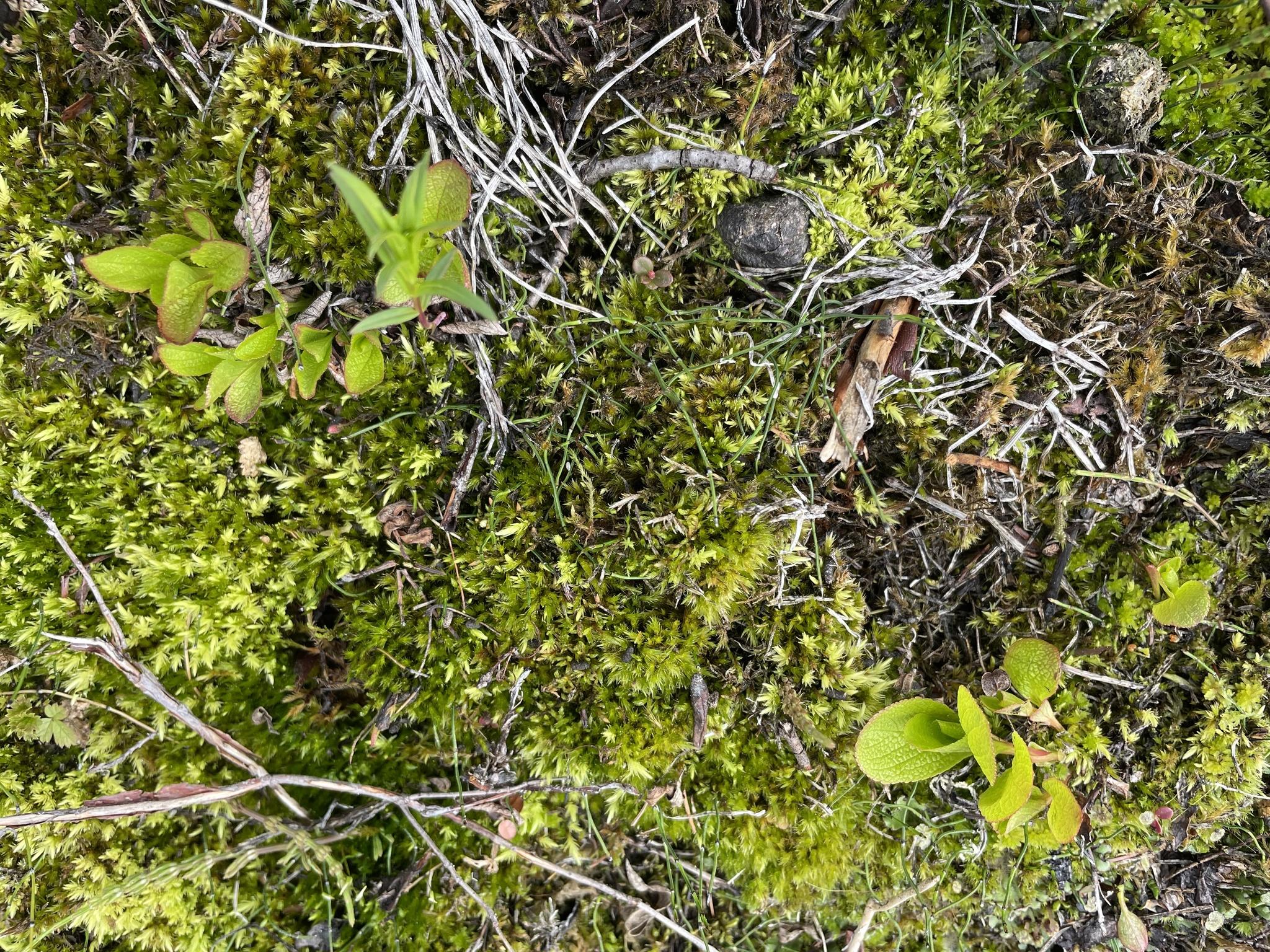
40208128505_f8dea09b0a_b.jpg from: https://www.flickr.com/photos/126598284@N05/40208128505/
Introduction
In the vast and captivating world of bryophytes, one particular moss species stands out for its unique characteristics and ecological significance – the Tomentypnum nitens (Hedw.) Loeske. Belonging to the Amblystegiaceae family, this moss is also commonly known as Tomentypnum. Let’s delve into the fascinating realm of this unassuming yet remarkable plant.

dbb0f98ac4a7b564267ca8c9.jpg from: https://atlas.biodiversite-auvergne-rhone-alpes.fr/espece/5933
Background
Bryophytes, often referred to as the “ancient lineage of land plants,” have been around for millions of years, predating even the earliest vascular plants. These diminutive yet resilient organisms play crucial roles in various ecosystems, acting as pioneers in colonizing new environments and contributing to soil formation and water retention.
Main Content
Morphology and Identification
Tomentypnum nitens is a pleurocarpous moss, meaning its stems and branches grow horizontally along the substrate. Its vibrant green hue and glossy appearance make it easily recognizable. The leaves are ovate-lanceolate in shape, with a distinctive costa (midrib) that extends beyond the leaf apex, forming a short awn or hair-like projection.
Global Distribution and Habitat
This moss species has a widespread distribution, occurring across various regions of the Northern Hemisphere, including Europe, Asia, and North America. It thrives in moist, shaded environments, such as coniferous and mixed forests, bogs, and stream banks.

medium.jpeg from: https://www.inaturalist.org/taxa/169786-Tomentypnum-nitens
Tomentypnum nitens is often found growing on decaying logs, stumps, and humus-rich soils, where it forms dense, velvety mats.
Ecological Roles and Adaptations
Tomentypnum nitens plays a vital role in maintaining the delicate balance of forest ecosystems. Its dense mats help retain moisture, creating a microhabitat for other organisms, such as invertebrates and fungi. Additionally, this moss contributes to the decomposition process by breaking down organic matter and releasing nutrients into the soil.
One of the remarkable adaptations of Tomentypnum nitens

original.jpg from: https://www.gbif.org/es/species/2680053
is its ability to withstand desiccation. During dry periods, the moss can curl up its leaves and enter a dormant state, conserving moisture until favorable conditions return. This resilience allows it to thrive in environments with fluctuating moisture levels.
Case Studies/Examples
In a recent study conducted in the Pacific Northwest region of North America, researchers found that Tomentypnum nitens played a crucial role in facilitating the establishment of tree seedlings. The moss’s dense mats provided a suitable microhabitat for the germination and growth of conifer seedlings, contributing to forest regeneration.
Technical Table
| Characteristic | Description |
|---|---|
| Phylum | Bryophyta |
| Class | Bryopsida |
| Order | Hypnales |
| Family | Amblystegiaceae |
| Genus | Tomentypnum |
| Species | Tomentypnum nitens (Hedw.) Loeske |
| Growth Form | Pleurocarpous moss |
| Leaf Shape | Ovate-lanceolate |
| Leaf Apex | Costa extending beyond leaf apex, forming a short awn |
| Habitat | Moist, shaded environments (forests, bogs, stream banks) |
| Distribution | Northern Hemisphere (Europe, Asia, North America) |
Conclusion
Tomentypnum nitens, a unassuming yet remarkable moss species, plays a vital role in maintaining the delicate balance of forest ecosystems. Its unique morphology, resilience, and ecological adaptations make it a fascinating subject of study for bryologists and naturalists alike. As we continue to explore and appreciate the intricate web of life, let us ponder: What other hidden wonders lie within the world of bryophytes, waiting to be discovered and cherished?